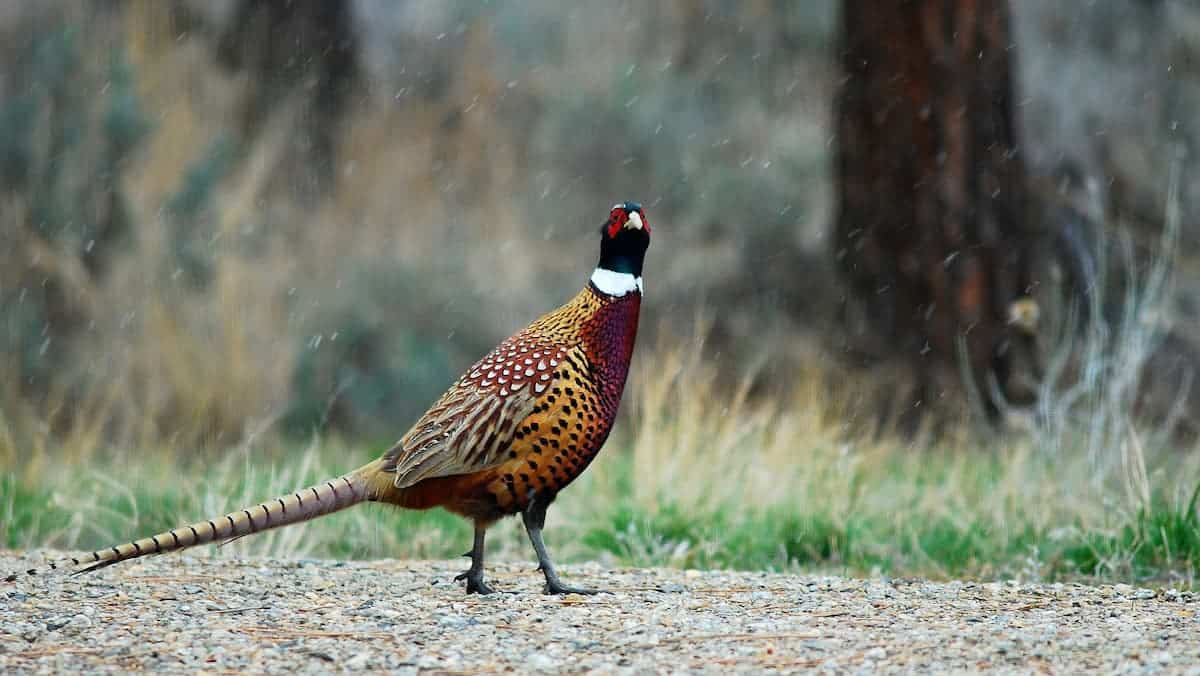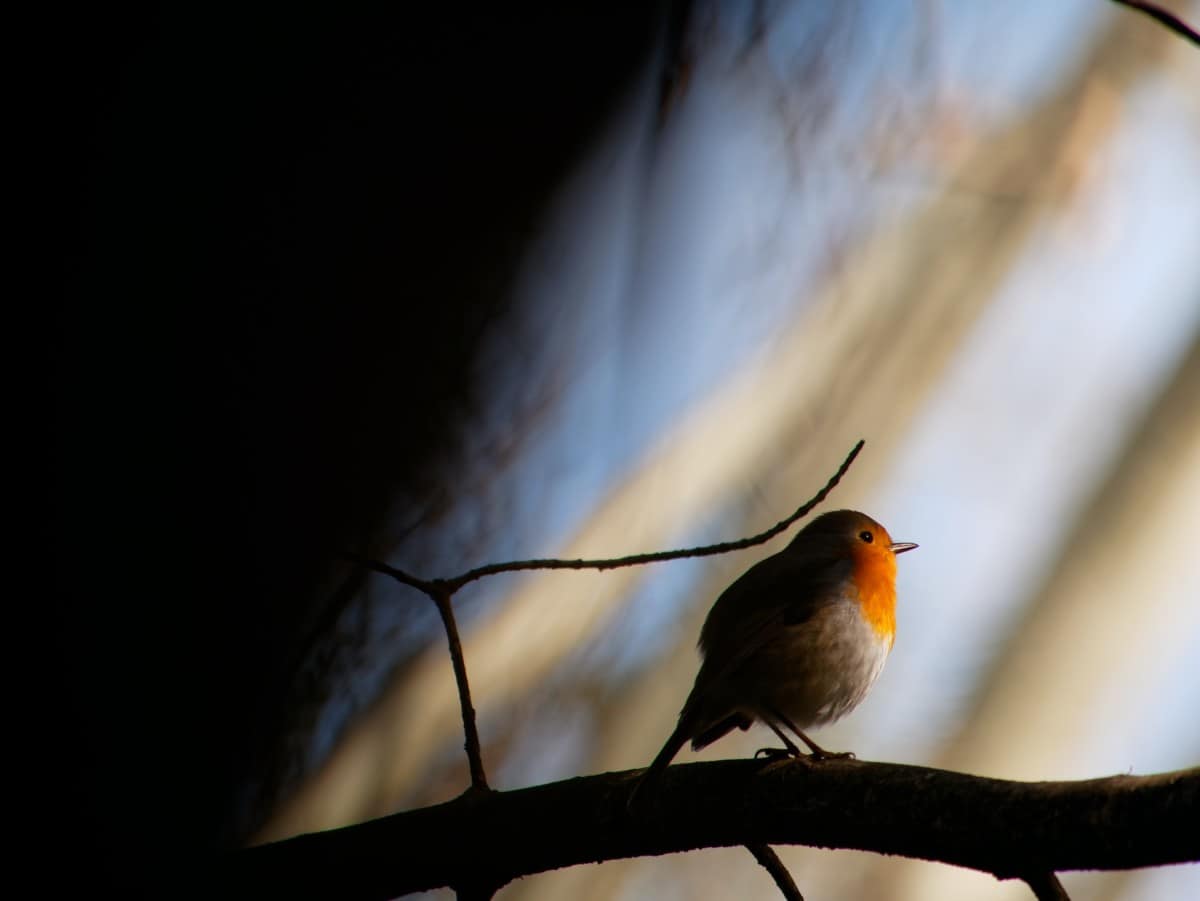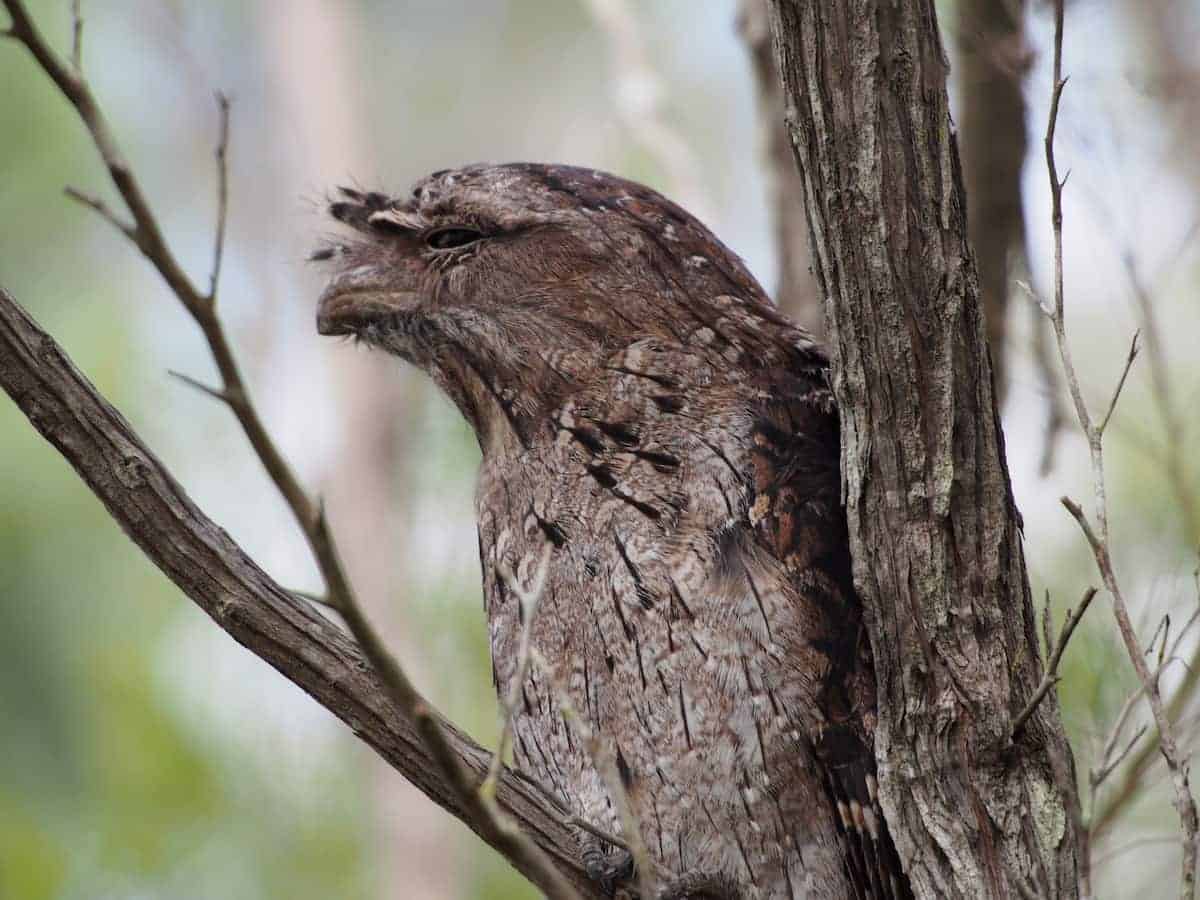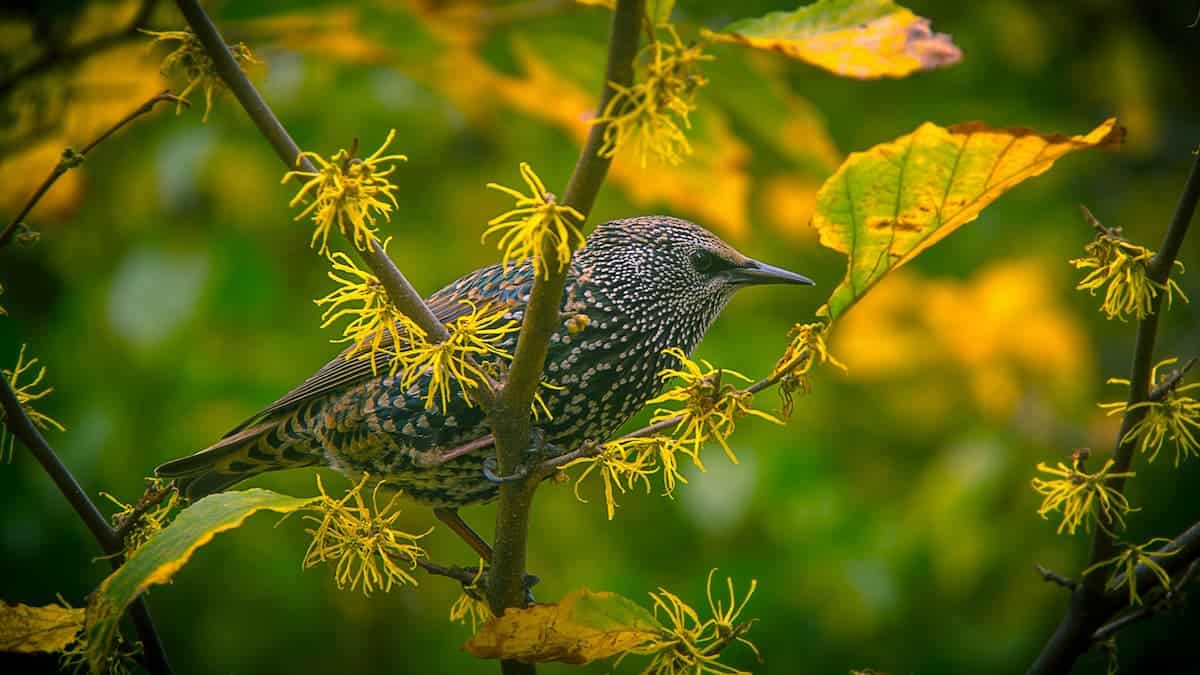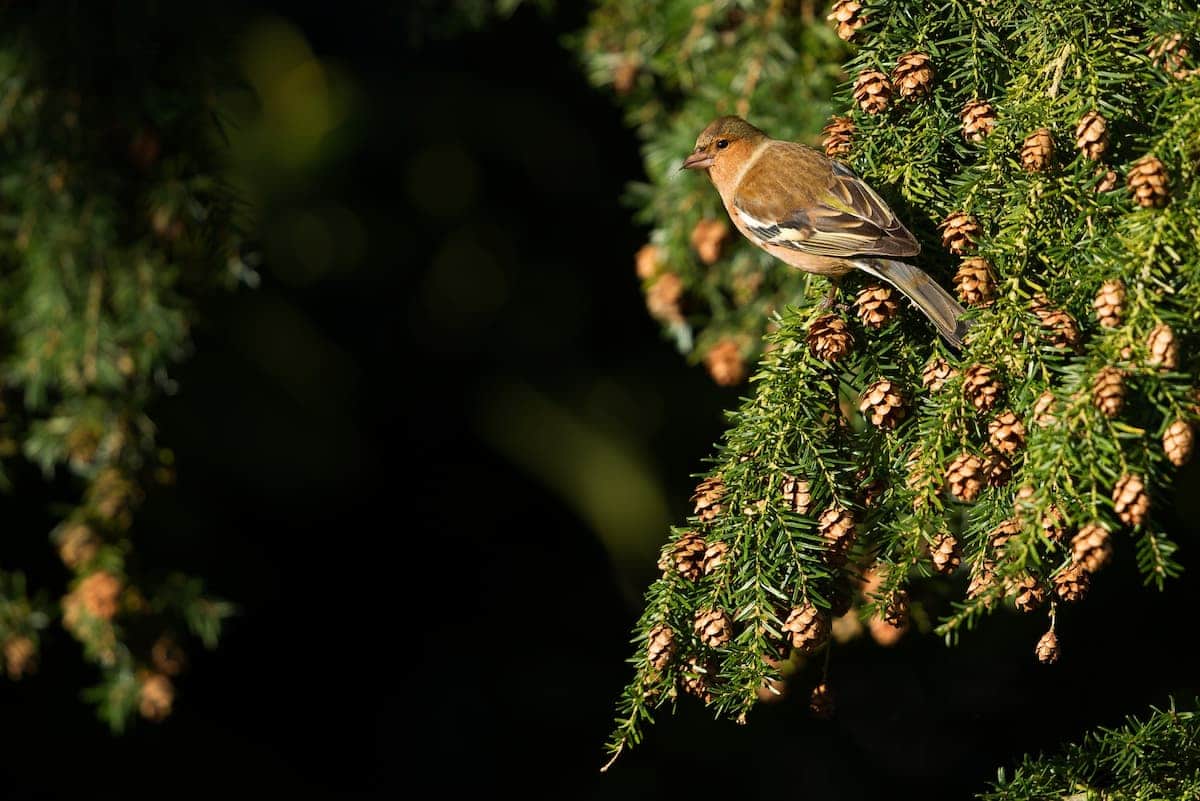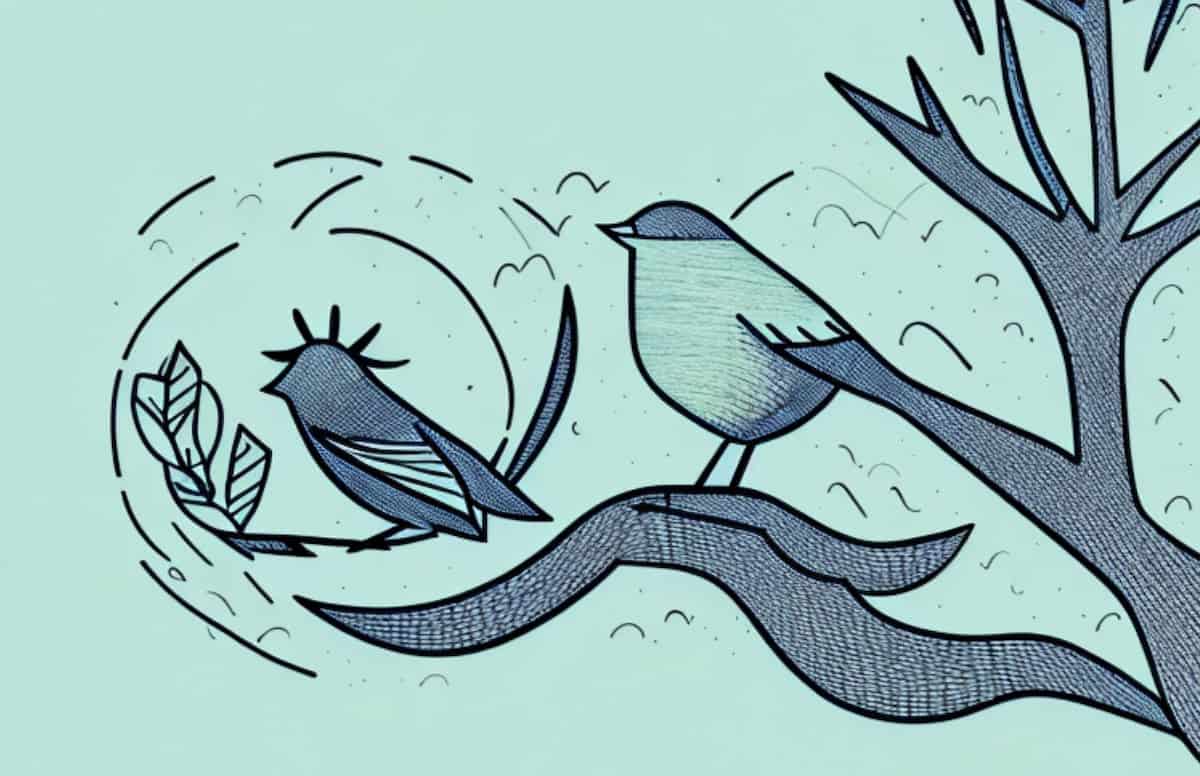Pheasants sleep in trees or upon tall perches at night as their natural behavior is to get as high as possible in order to protect themselves from predators whilst sleeping. Pheasants also sleep in other places that provide shelter and camouflage, such as leafy bushes and tall grass.
Pheasants are large birds that spend most of their time on the ground searching for food during the day. They only fly if they sense they are in danger, which is often as they are prey for many species of predators.
Given that danger is always present for pheasants, you might be wondering how they stay safe at night and where they sleep.
Like most birds, pheasants don’t return to a specific nest every night. Rather, they have certain locations that they prefer to sleep in that make them feel safer than others. They also have more to worry about than predators: bad weather is also a concern for pheasants whilst they sleep.
But where exactly do pheasants prefer to sleep at night? Here is a closer look at the variety of places that pheasants go to sleep.
Where do pheasants sleep at night?
Pheasants sleep in trees as their natural behavior is to get as high as possible in order to keep themselves hidden from predators whilst sleeping. They may also sleep in other places that provide shelter and camouflage, such as leafy bushes and tall grasses.
As pheasants are a major prey species, hunted by cats, foxes, owls, hawks, and humans (as they are prominent game birds), they look for places to sleep that will protect them from these dangers.
The bronze, brown and black plumage of the male pheasants and dull brown feathers of the female pheasants also help them blend in with leafy and grassy surroundings.
Whilst pheasants spend most of their time on the ground during the day, they prefer to perch in trees to sleep in. If they slept on the ground, they would be at risk of attack from predators, so they will try to get some elevation and leafy coverage if possible.
Also, given their weight – roughly 1kg for most pheasants – they do need to find sturdier branches to support them while they sleep.
Pheasants will also roost in small groups or flocks – especially during winter. This practice helps them conserve their body heat, which is effective for their survival as well as being more comfortable.
What’s the difference between sleeping and nesting?
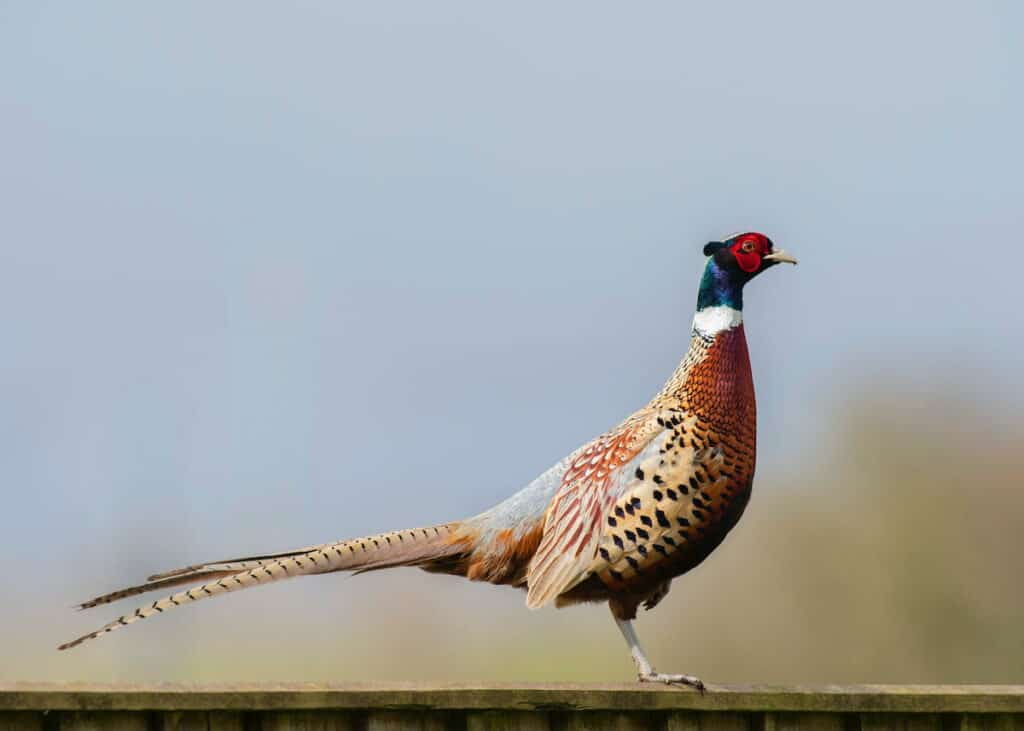
Pheasants build their nests only during the breeding season to protect and incubate their eggs. For this reason, pheasants don’t sleep in nests for most of the year.
The primary goal of the nest is to provide a warm spot for the eggs to develop whilst keeping them safely away from the prying eyes of predators and egg thieves like snakes, crows, and other animals.
Where do pheasants nest?
Pheasants find it very difficult to nest in trees and bushes due to their bulky size, so you will most commonly see pheasants nesting on the ground in shallow depressions. This is another reason you won’t find pheasants sleeping in nests year-round – being on the ground makes them vulnerable to attack.
The drab colouring of the female pheasants and the newborn chicks help to camouflage them against their preferred backdrop of leaves and grasses, disguising them from predators. Additionally, pheasants will usually nest in dense patches of tall grass or under bushes and hedges to make them even more challenging to spot.
Do you want pheasants sleeping in your garden?
Some people view pheasants as a nuisance because the males have a very loud croaking cry. However, if you don’t live in the countryside, you have no chance of luring a pheasant to sleep in your garden. Pheasants are timid birds and prefer the countryside and woodland areas over man-made environments.
If you live in the countryside and do want pheasants sleeping in your garden, then the best way to attract them is by providing safe areas in which they can take shelter for the night. Try to match your garden with their natural habitats. For example, they like large, dense bushes and tall grasses. Also, if you can build sturdy and effective fences for keeping cats and foxes away, this will help.
Conclusion
Pheasants like to sleep in trees or large bushes to stay far away from any predators that might want to eat them. However, when it comes to nesting, they are forced to do so on the ground due to their size, which makes nest building in trees difficult.
If you want to attract pheasants to your country garden and give them a good place to sleep, you can do so by mimicking some of their natural habitat by planting longer grasses and dense bushes in which they can shelter and feel safe while they sleep.
